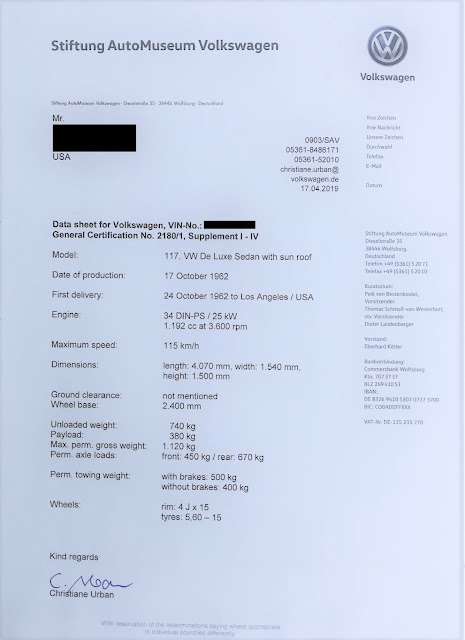The Objective
Many of the fasteners on the car are dirty, rusted, and corroded; for good reason, being nearly 56 years old. However, they are otherwise still in good shape, so restoring them as best I can is what I've set out to do.To do it right, I knew I would have to clean out all of the threads on the car and wanted to be able to get everything that I would need in one set, or get as close as possible, without spending a ton of money. Having to purchase separate taps/dies/chasers in the future is not something that I wanted to do.
The Research
Worried about damaging threads, some said a thread chaser was the best thing to get, while many said that chasers were a waste of money. The chaser sets that I found did not have the sizes that I needed, and I felt like I was a lot less likely to use a chaser set again in the future over a tap and die set. Many on The Samba suggested a range of sets from the most expensive Snap-On sets to cheaper Harbor Freight quality sets. I could not find one consensus on what set was the best for what I was doing.The Result
After a few days of research and a lot of frustration, I finally decided to spend the money and order a tap and die set that included the sizes that I needed and would fit my needs. Already having a small set with M4-M7, I decided on a set with the larger sizes that I did not have:
https://www.amazon.com/gp/product/B000I42FXI/ref=ppx_yo_dt_b_asin_title_o00_s00?ie=UTF8&psc=1
https://www.harborfreight.com/45-pc-titanium-nitride-coated-alloy-steel-metric-tap-die-set-61410.html
Useful Information/References
Socket size - Head width in mm.M size - diameter of threads in mm
Reference for Metric socket sizes to M sizes:
https://en.wikipedia.org/wiki/ISO_metric_screw_thread

















































